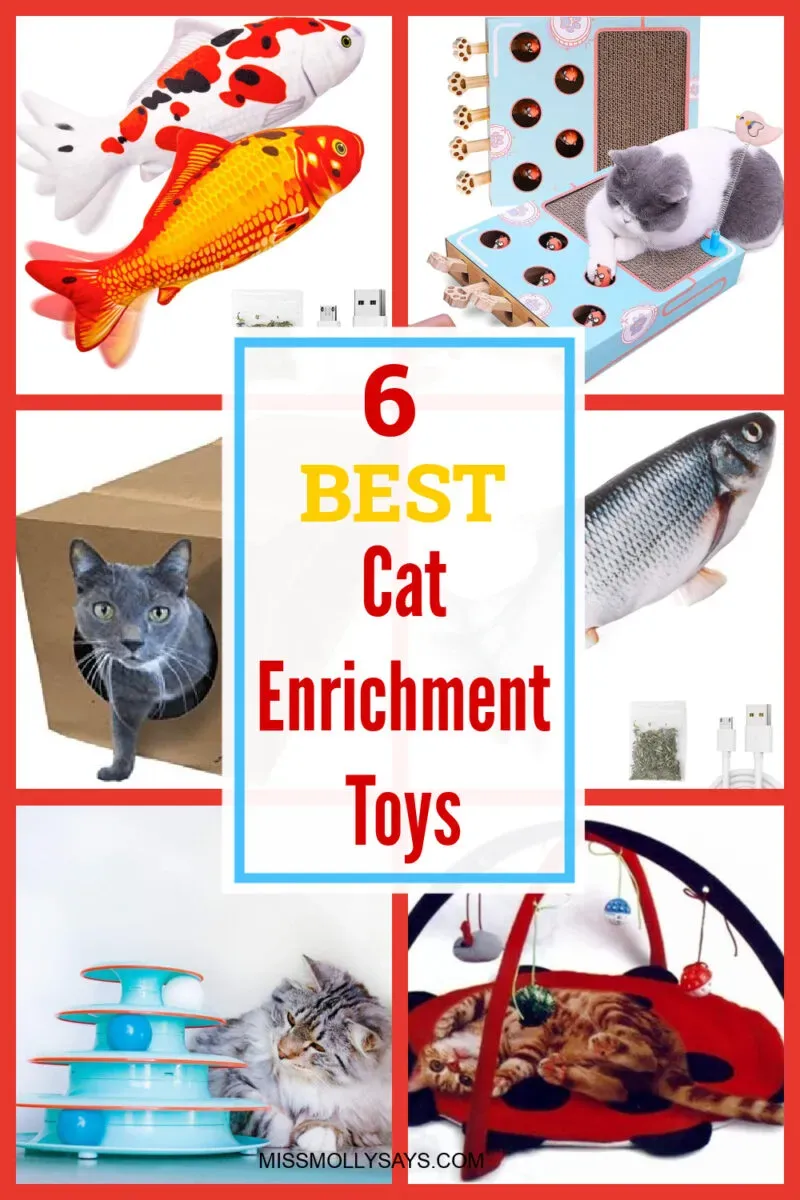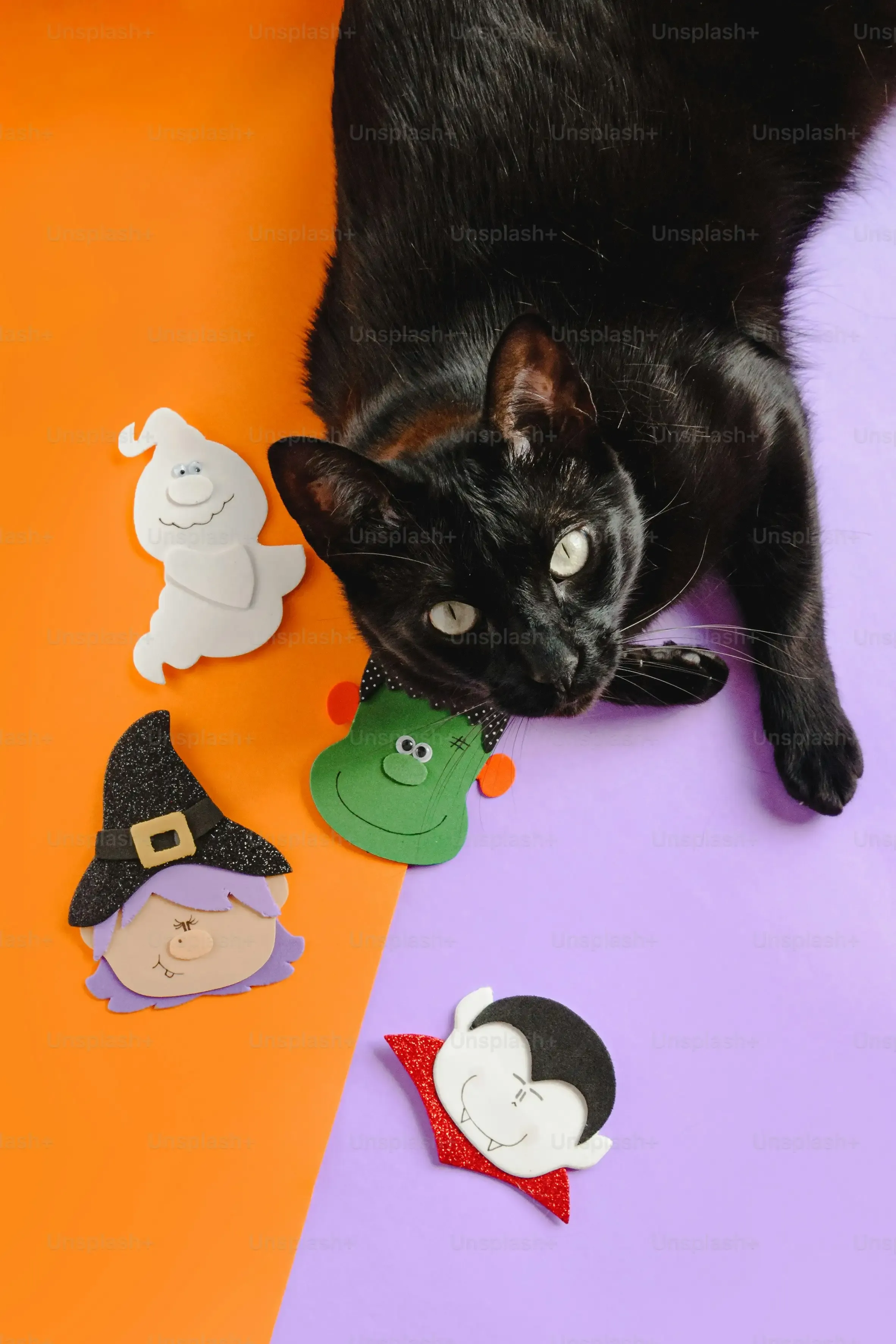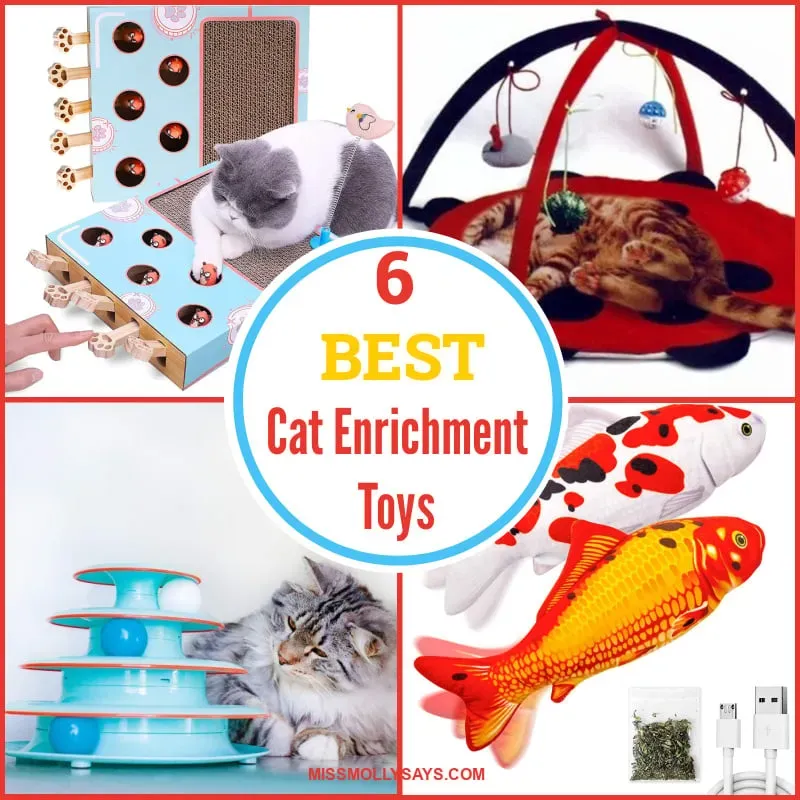Table of Contents
Let's face it, your indoor cat probably spends a solid chunk of their day perfecting the art of the nap. While valuable, all that downtime can lead to boredom, and a bored cat can be a destructive, anxious, or even depressed cat. They aren't just fluffy room decorations; they're natural-born hunters and explorers crammed into a predictable environment. That's where enrichment comes in – giving them stuff to do that taps into those instincts.
Why Your Cat Needs Enrichment (Beyond Just Food and Scritches)

Why Your Cat Needs Enrichment (Beyond Just Food and Scritches)
so you feed your cat, you scoop the litter box, maybe you even manage a quick pet before they wander off. That's the baseline, right? But imagine if your entire world was just a few rooms, the highlight being when the food bowl gets filled. That's life for a lot of indoor cats. They're wired to hunt, stalk, climb, and explore. When they can't express those natural behaviors, you get problems. Boredom isn't just a feline inconvenience; it's a fast track to stress, anxiety, and behaviors you probably don't appreciate, like shredding your sofa or deciding 3 AM zoomies are a competitive sport.
Decoding Cat Toys: What's the Right Type for Your Feline Friend?

Decoding Cat Toys: What's the Right Type for Your Feline Friend?
The Thrill of the Hunt: Interactive and Prey Toys
Look, your cat is a tiny, adorable predator. They're hardwired to chase, pounce, and 'kill'. Interactive toys are your chance to be part of that hunt, mimicking the erratic movements of prey. Think wand toys with feathers or dangly bits. You control the action, making it unpredictable and engaging. This isn't just waving a stick around; it's a simulated hunt that burns energy and satisfies that primal urge. Robotic toys or laser pointers (used carefully, *never* directly in their eyes, and always ending with a physical toy they can 'catch') also fall into this category, providing movement for them to stalk, even when you're busy. It's about channeling that inner tiger into appropriate outlets.
Brain Games and Food Fun: Puzzle Toys
Eating should be work, at least sometimes. In the wild, cats don't get kibble magically appearing in a bowl. They hunt for it. Puzzle toys, like food dispensers or treat balls, force them to figure out how to get the food out. This engages their problem-solving skills and slows down their eating, which is great for digestion. Snuffle mats, designed for dogs but excellent for cats, let you hide kibble for them to sniff out. It turns mealtime into a stimulating scavenger hunt. It's surprising how much mental energy this takes; a cat working for their meal often settles down contentedly afterward.
- Wand toys (feathers, ribbons, crinkle material)
- Laser pointers (use responsibly, end with a treat or toy)
- Robotic mice or birds
- Springs or small balls (they love batting these around)
- Crinkle balls or foil balls (simple but effective)
Comfort and Connection: Plush and Comfort Toys
Not every toy has to be about the hunt or the brainpower. Sometimes, a cat just needs something soft to bunny-kick or carry around like a prized possession. Plush toys, especially those with catnip or silvervine, can provide comfort and a different kind of outlet – the instinct to 'kill' and disembowel their 'prey'. Some cats form strong attachments to specific plush toys, grooming them or sleeping with them. These toys offer emotional security and a chance for solo play that isn't necessarily high-energy. My own cat, Gus, has a ratty old stuffed mouse he carries everywhere, a stark contrast to his frantic wand-toy sessions.
Our Picks for the Best Cat Enrichment Toys

Our Picks for the Best Cat Enrichment Toys
Interactive Wonders That Burn Energy
Alright, let's get down to brass tacks. You want to tire them out, right? Interactive toys are your heavy hitters here. A good quality wand toy is non-negotiable. Look for ones with sturdy handles and different attachments – feathers, crinkle strips, little fabric critters. My cat, Whiskers, goes absolutely bonkers for a simple feather wand; it's like flipping a switch. The key is *your* interaction. Don't just dangle it. Make it skitter, hide it, make it fly. Mimic prey movements. This isn't just play; it's a workout and a bonding session. Robotic toys, like those erratic mice that zip around, can also provide solo entertainment, though they rarely replace the thrill of a human-controlled hunt. Laser pointers are fine in moderation, but remember the rule: always end with a treat or a toy they can physically catch to prevent frustration.
Puzzle Feeders: Making Them Work for Dinner
Mealtime is a perfect opportunity for enrichment. Ditching the bowl entirely for puzzle feeders is one of the simplest, most effective things you can do. These range from simple balls with holes where kibble falls out as they bat it, to more complex boards with sliders and compartments. It forces them to use their brains and paws to extract food, slowing down gobblers and providing mental stimulation. My neighbor's cat used to inhale his food and then immediately yack it back up; switching to a puzzle feeder solved that overnight. It's not cruel; it's natural. It taps into their foraging instinct and makes eating an activity, not just a transaction.
Toy Type | Benefit | Example |
|---|---|---|
Wand Toy | Simulated hunting, exercise, bonding | Feather wand, fishing pole style toy |
Puzzle Feeder | Mental stimulation, slows eating, foraging instinct | Kibble dispensing ball, treat maze board |
Plush Toy | Comfort, 'killing' instinct outlet, solo play | Catnip mouse, kick stick |
Simple Classics and Solo Fun
Sometimes the best cat enrichment toys aren't fancy or expensive. A crumpled paper ball, a cardboard box, or even a simple plastic spring can provide endless entertainment. Cats love batting things that move unpredictably. Crinkle balls are cheap and effective; the sound alone can trigger their interest. Don't underestimate the power of a simple toy they can carry, stalk, or just bunny-kick into submission. Rotating these simpler toys keeps them fresh and interesting. That old saying about cats preferring the box to the expensive toy? There's truth to it. It's about novelty and tapping into their innate behaviors, often with the least complicated objects.
Making the Most of Your Best Cat Enrichment Toys (and Other Ideas)

Making the Most of Your Best Cat Enrichment Toys (and Other Ideas)
Having a pile of the best cat enrichment toys is only half the battle. You can buy the fanciest puzzle feeder or the most realistic feather wand, but if you just leave them lying around, they lose their magic faster than a politician's promise. The trick is rotation. Don't leave all the toys out all the time. Put a few away and swap them out every week or two. This keeps things novel and exciting. When you introduce a "new" toy (even if it's just one they haven't seen in a while), it triggers curiosity. Also, think about location. Put a puzzle feeder on a high shelf they have to jump to, or hide a treat ball under a rug. Make them work for it. It's about creating an environment that encourages exploration and interaction, not just providing static objects.
Wrapping Up: Happy Cat, Happier Life (For Both of You)
So, there you have it. Providing your cat with enrichment isn't some optional extra; it's foundational to their well-being, especially for indoor dwellers. The right toys aren't magic bullets, but they are essential tools in your arsenal against boredom, anxiety, and the resulting behavioral issues. By understanding the different types of toys and rotating them, you're giving your feline friend a fighting chance at a fulfilling life indoors. Invest in their mental and physical health – it pays off in purrs, fewer scratched sofas, and a generally more contented companion curled up on your lap (when they aren't busy 'hunting' that feather wand, of course).